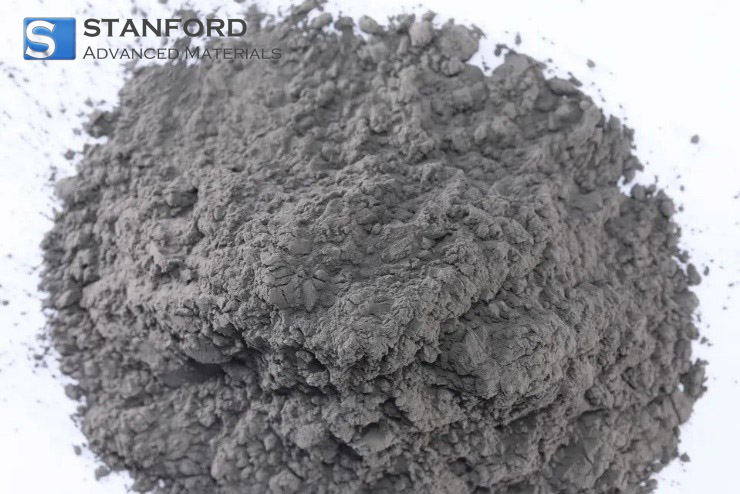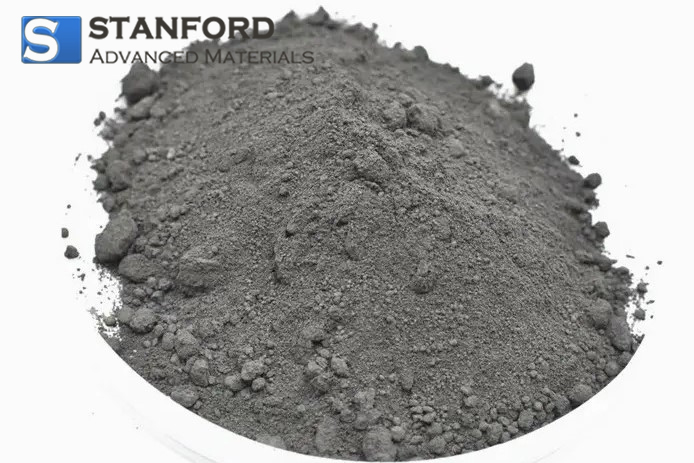- Products
- Categories
- Blog
- Podcast
- Application
- Document
CR1354 Chromium Carbide/Nickel Chromium (Cr3C2·NiCr) Powder
| Catalog No. | CR1354 |
| Size | 0.85mm-0.005mm, or as request |
| Material | Cr3C2/NiCr Alloy |
| Appearance | Dark Gray Powder |
Stanford Advanced Materials (SAM) supplies high-quality chromium carbide/nickel chromium powder (Cr3C2•NiCr powder) for thermal coatings at a competitive price.
Related products: Tungsten Carbide/Nickel/Chromium Powder, Tungsten Carbide/Nickel Powder, Tungsten Carbide/Cobalt Powder, etc.
INQUIRY
Add to Inquiry List
Description
Specification
Technical Data Sheet
LATEST RECOMMENDED

CA0063 Niobium Carbide Powder (CAS No. 12069-94-2)
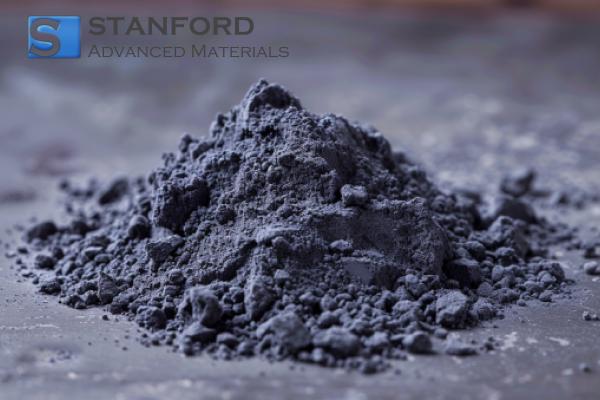
BR0068 Niobium Boride Powder, NbB Powder (CAS No. 12045-19-1)

NR0069 Niobium Nitride Powder (CAS No. 24621-21-4)
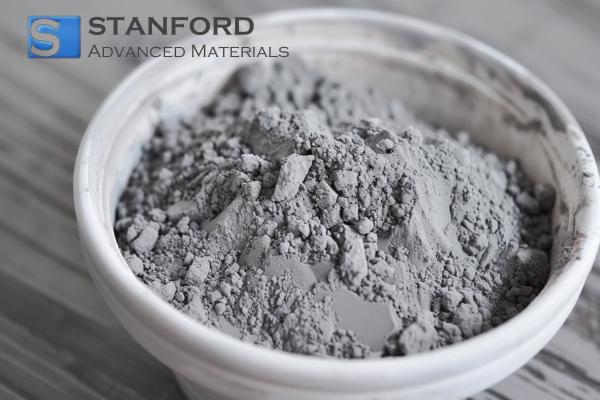
NB0070 Niobium Silicide Powder, NbSi2 Powder (CAS No. 12034-80-9)
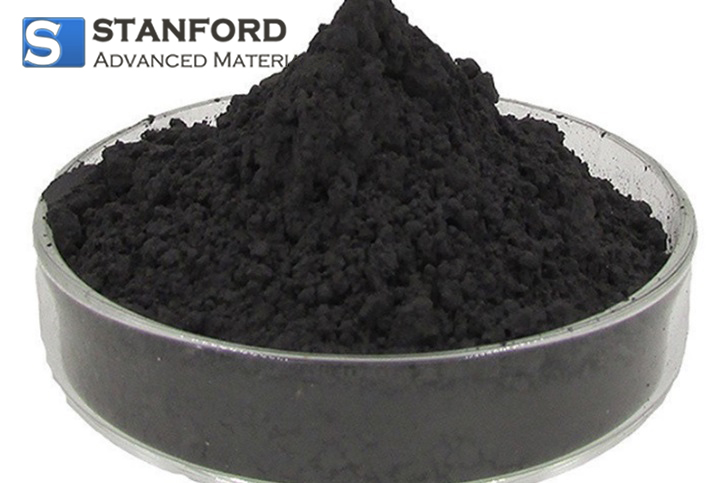
WM0146 Tungsten Powder (W Powder)
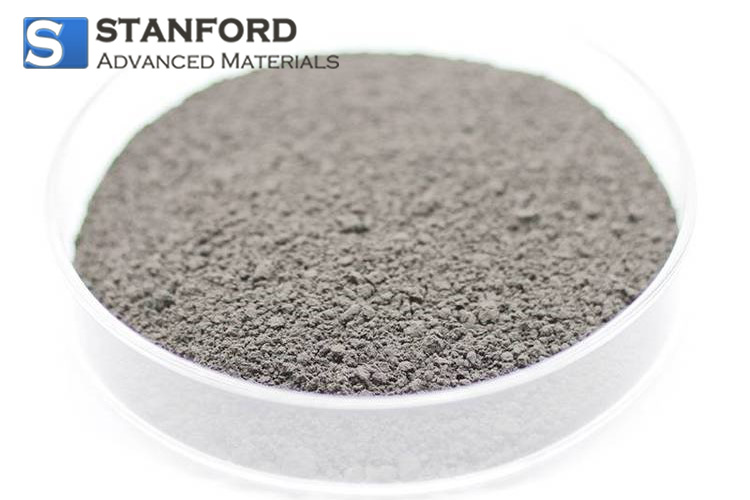
TE1265 Lead Telluride (PbTe) Powder (CAS No.1314-91-6)
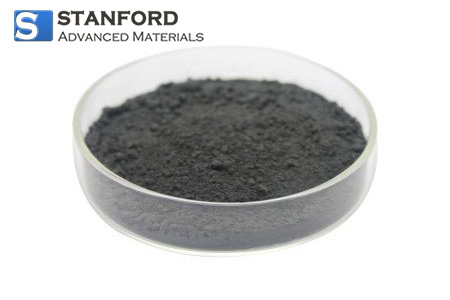
TE1266 Tellurium Metal Powder (Te Powder) (CAS No.13494-80-9)
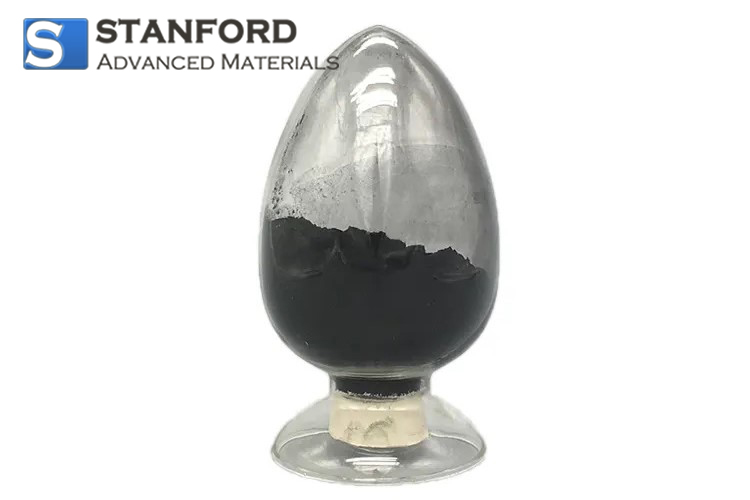
CD1267 Cadmium Telluride (CdTe) Powder (CAS No.1306-25-8)
GET A QUOTE
Send us an Inquiry now to find out more Information and the latest prices,thanks!

